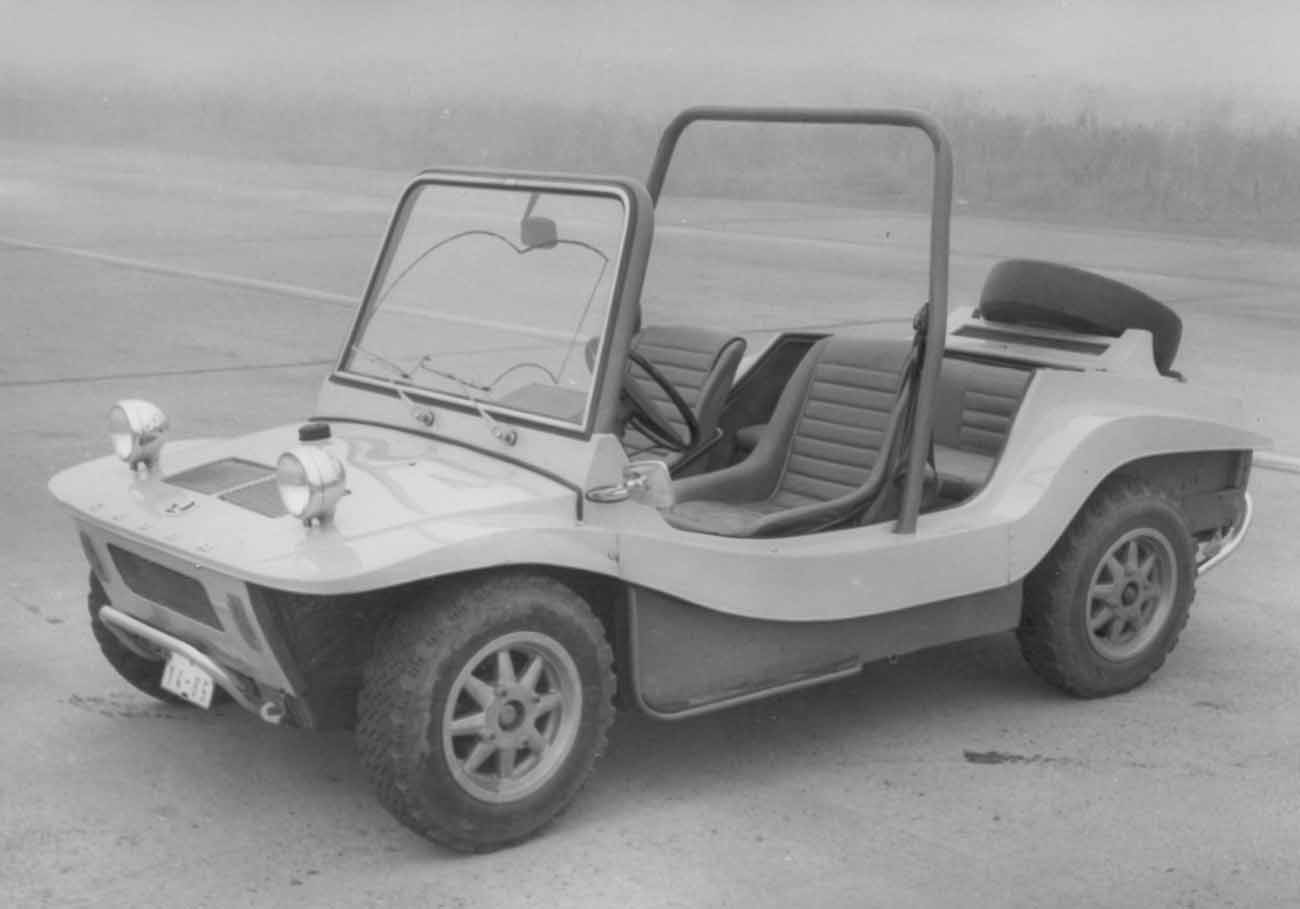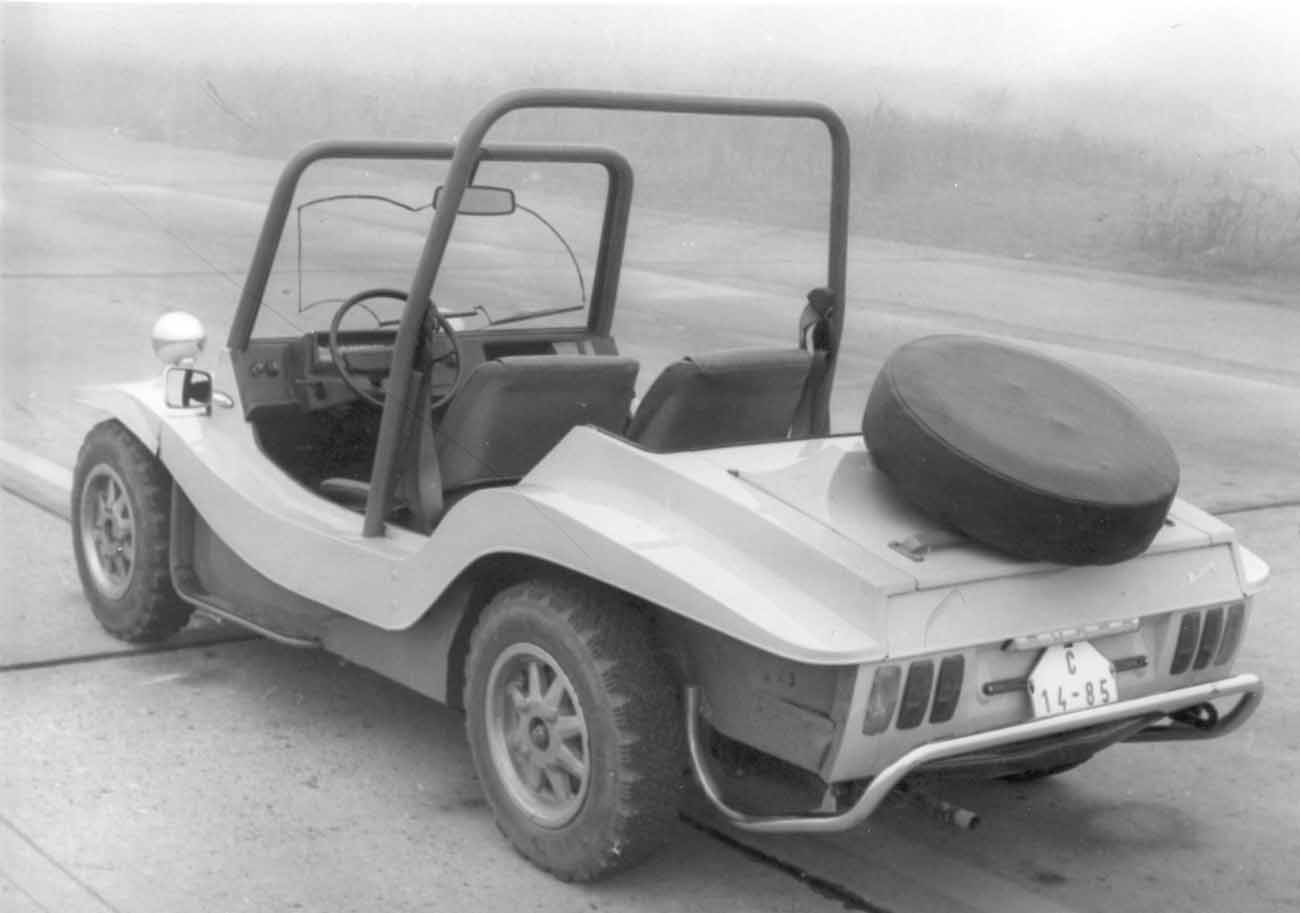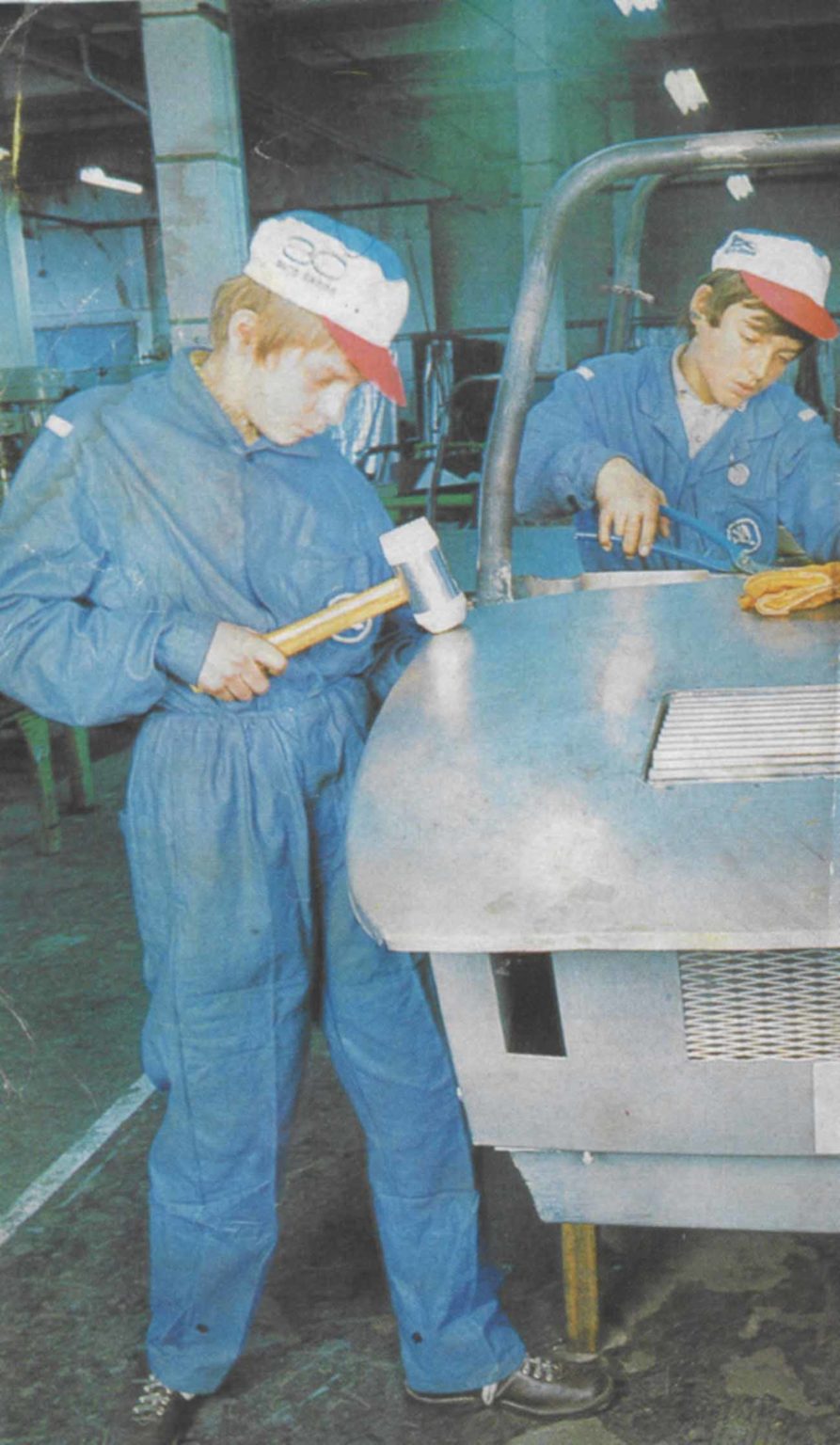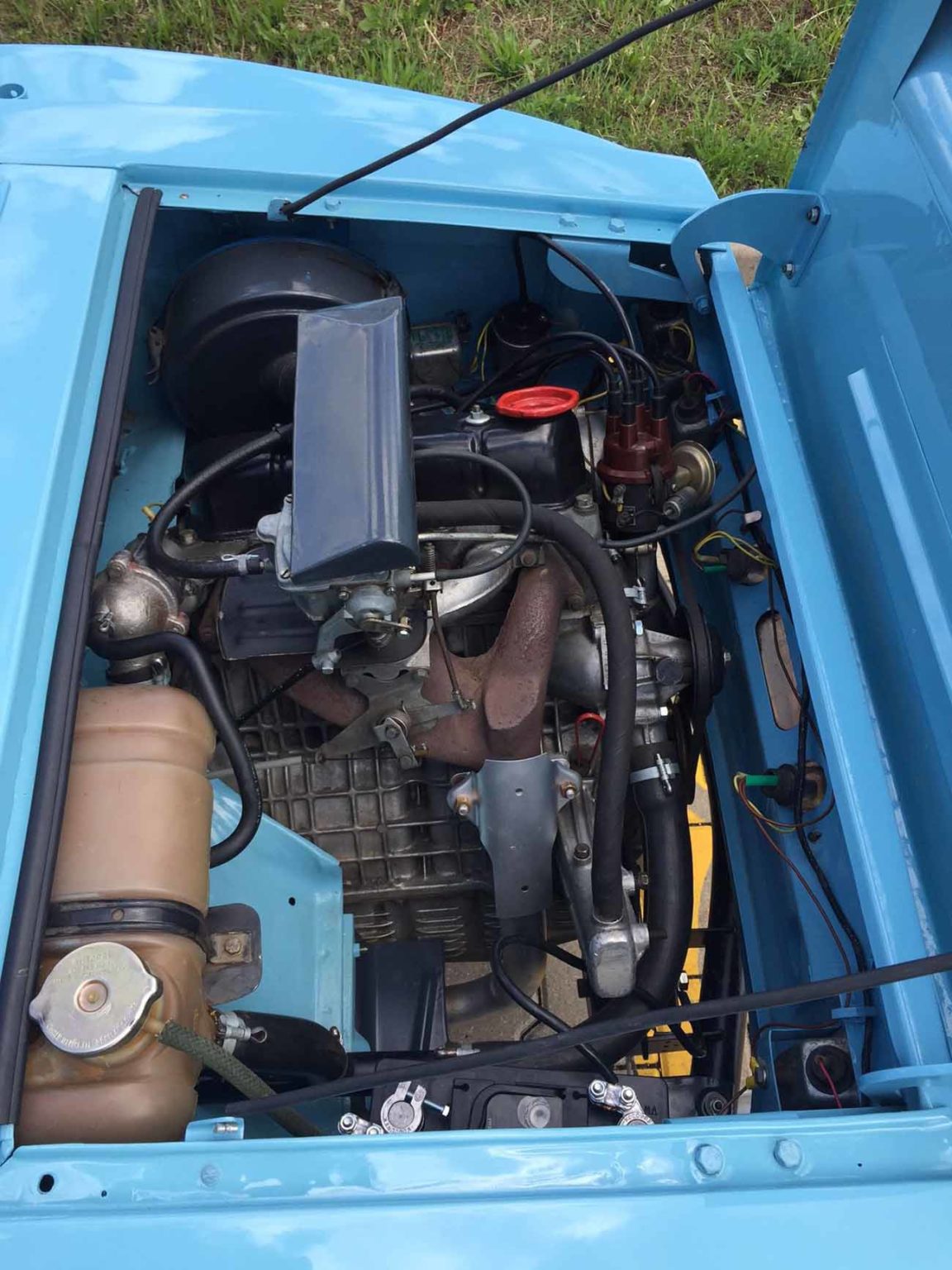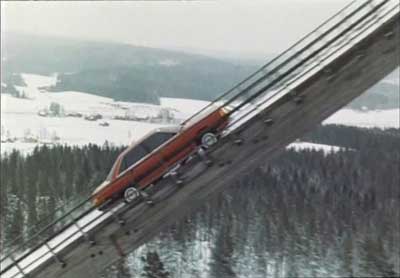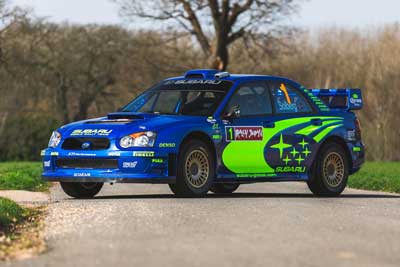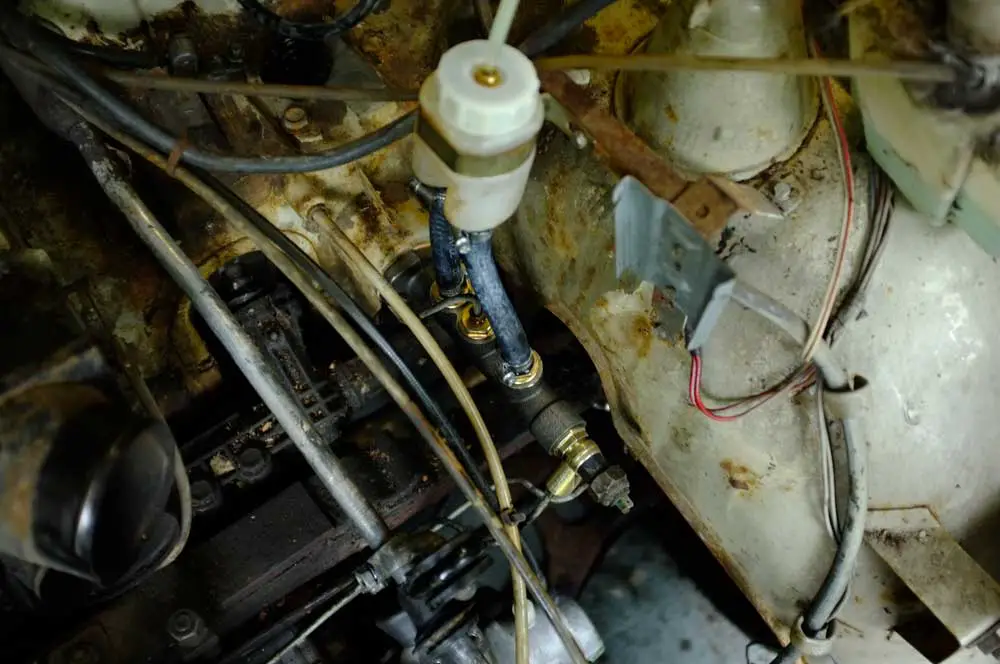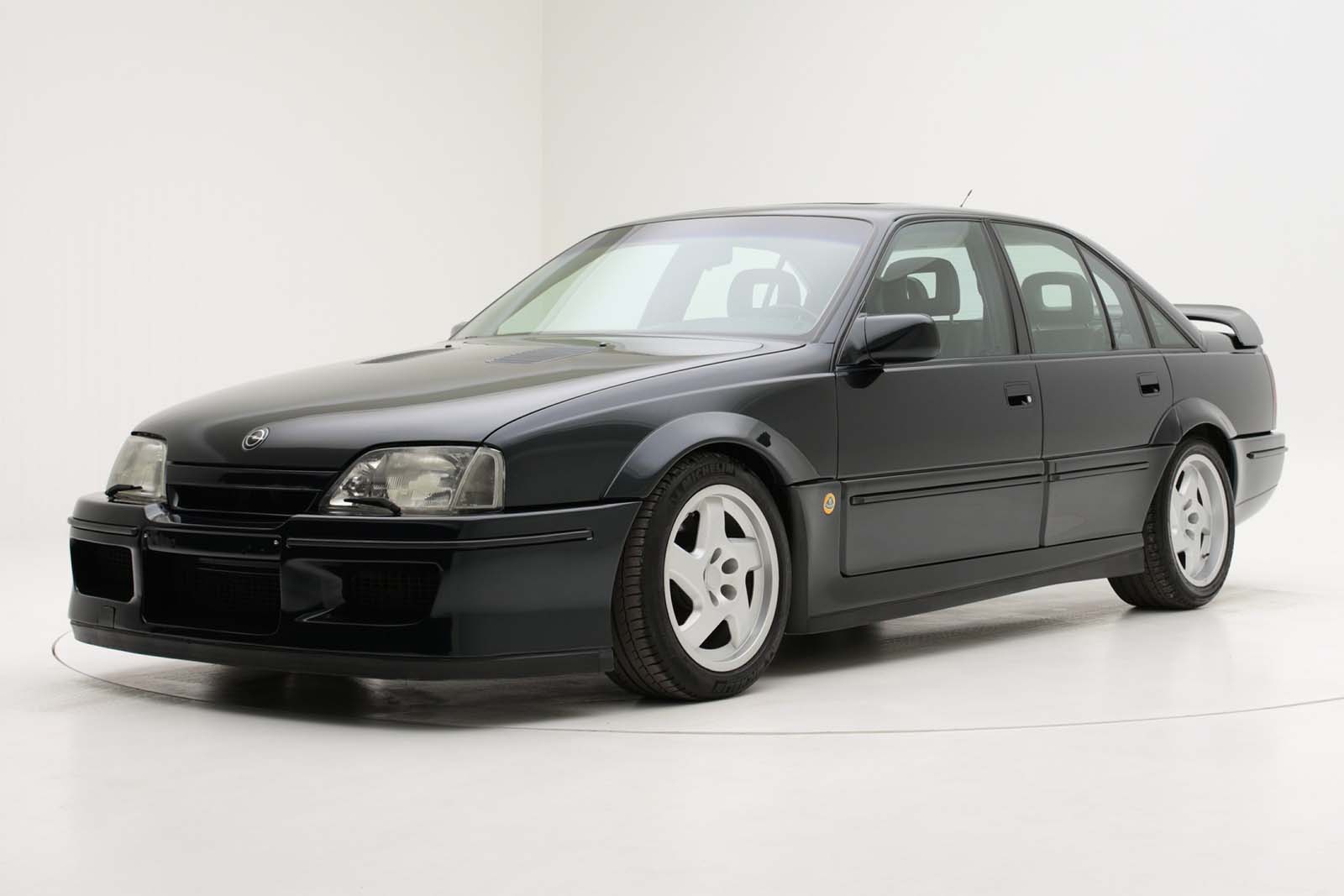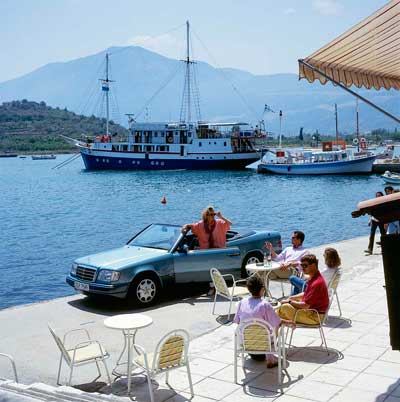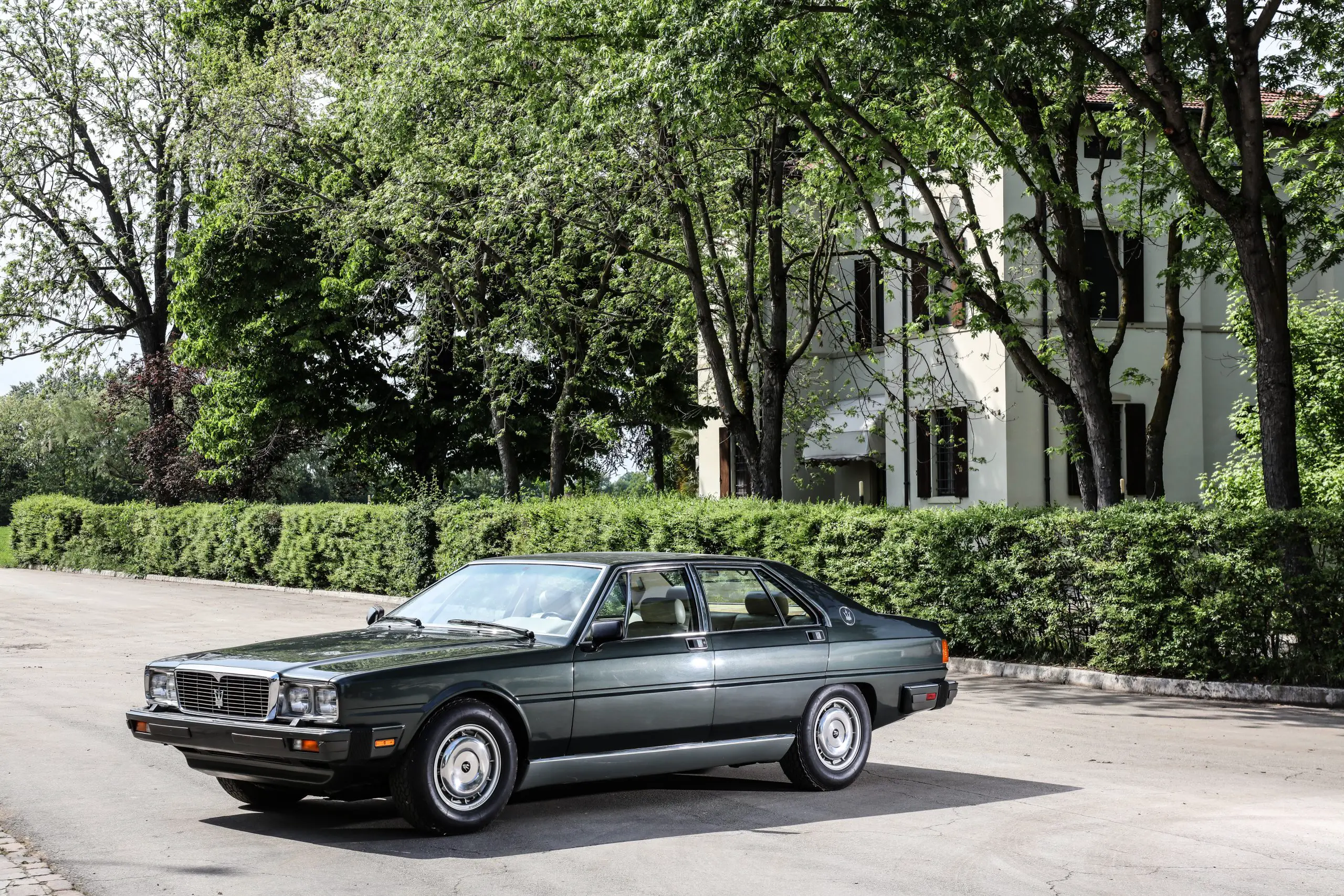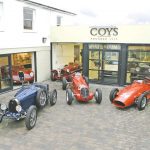
Skoda Once Made A Beach Buggy, The Type 736
The ŠKODA Buggy Type 736 is one of those cars that isn’t so well known or one that you would have expected. It wasn’t an idea to do with any fashion trends, but one of motorsport dominance. You see, Skoda have had much motorsport success over the years, Rallying and autocross are the two categories where they have excelled. But why a buggy? Well, the buggy takes all the elements of the base car, reduces weight, lowers the centry of gravity and in this case is shorter too.
SKODA European Autocross Success
By the end of the 1960s, autocross had made its way to Europe and became a mainstay of the motorsport scene. This was for good reason; it was exciting and entertaining. Racing drivers of all disciplines competed on unpaved surfaces with lightweight vehicles.
In the UK autocross and Grass racing attracted big names. Spin off’s from that such as Lawnmower racing even got Sir Stirling Moss having a go.
In Czechoslovakia, the first official autocross race was held in the autumn of 1969 in the town of Přerov. Soon after ŠKODA entered their first event in the November of 1970 with works driver Milan Žid who won the under 1,000 cc class with a ŠKODA 1100MB. The rear doors and bumpers were left out of the build in the factory and the interior was just the essentials only.
ŠKODA were dominant in the first Czech autocross championship in 1971 with a buggy based on the ŠKODA 100 / 110 L. This was some 40 cm shorter, and the bodywork was replaced with roll bars. Again, Milan Žid remained unbeaten in the one litre class and the other factory driver Oldřich Brunclík dominated the category above with, his buggy had the engine capacity increased to 1,150 cc. Despite these successes the ŠKODA factory team withdrew from autocross in the following year due to the motorsport department being at full capacity with racing and rally cars.
But the enthusiasm for autocross continued to grow and the trend from the California and Florida beaches of dune buggies. Simple, fun vehicles which were simple and lightweight, giving an exciting driving experience. Purely recreational vehicles they were often sold in kit form, usually small cars with lightweight glassfibre reinforced plastic, GRP, bodies. In Europe several manufacturers made use of ŠKODA’s modern cars and cheap pricing compared to the competition. This was certainly true in the one-litre class the factory once dominated.
One of the most active European buggy manufacturers at the time was Francois Vernimmen from Namur in Belgium. In 1971 he took a reinforced floorpan of the ŠKODA 100 and built two of his VF buggies on it. The wheelbase was shorter, down from 2,400 mm to 2,240 mm. The body was completely open but had a tarpaulin roof. The interior was spartan to say the least, containing a steering wheel and bucket seats. The little 998 cc engine produced 31 kW, 42 hp, and with the four speed transmission lifted from the road car.
In January 1972 the vehicle was displayed on the ŠKODA stand at the Brussels Motor Show. Over the next three years Vernimmen built around 30 of them. From 1973 it was known as the VF Okap and had an increased engine displacement of 1,107 cc.
Motorest, the Italian ŠKODA importer at the time, were also selling similar vehicles. The Kirby was a development by the small car manufacturer Autozodiaco from Pianoro near Bologna. This had its debut at the Turin Motor Show in 1972. Another open top two seater based on the ŠKODA 100 but this time the wheelbase was unchanged. The buggy had a tubular frame containing the windscreen and roll bar like the VF. Only two of them were built.
SKODA Manufacture A Bugy - The Type 736
ŠKODA had been paying close attention in Mladá Boleslav and decided to launch their own with the type 736 in 1973. The ŠKODA Buggy was created to see if such a vehicle had any kind of commercial value and any export potential. Two years of work were put into the car before the first test drives could take place in 1976. The 110 L providing the base for the prototype. the designers shortened the wheelbase to 2,000 mm, the body comprising two longitudinal struts, a tubular frame around the windscreen and a higher roll bar behind the two front seats. This gave the floor the additional rigidity it needed. The open bodywork allowed enough space for the car to be a 2+2 with some very small rear seats for occasional use. The first prototype was produced with the help of the development department who also painted the car.
By October 1975 the apprentice school in Mladá Boleslav had completed the next four units by hand. The buggy was an early example of cars built inside the ŠKODA vocational school who have now completed six in total.
The ŠKODA buggy differed from the Belgian and Italian ones with a more sophisticated construction. The radiator, battery and a 40 litre fuel tank were located at the front giving a much better weight distribution and balanced axle loads. There were large tubular frames protecting the front and rear sections with two headlamp pods perched on top of the bonnet with a spare wheel mounted to the rear.
The engine was the 1,107 cc 37 kW, 45 hp, and 74 Newton meters of torque at 3,000 rpm, from the ŠKODA 110 providing decent performance. The buggy only weighed 700 kg but had a payload of 400 kg which was enough for four adults and 100 kg of luggage if there was any storage space for it… There was a textile soft top to cover the occupants and side panels with transparent plastic for windows.
The Type 736 Buggy hit a top speed of 107 km/h with half of the maximum load whilst running of Barum 165 SR 13 road tyres or 175 SR 13 off road tyres. It was fairly economical too drinking 8.3 litres per 100 km or 35 mpg to a UK gallon. The aerodynamics not allowing for great high speed airflow, and it looks like fun so I would guess no-one was hanging around…
ŠKODA put the Type 736 Buggy through nearly 30,000km of test driving and it received nearly all positive evaluations. But this wasn’t enough to start selling them as a series production model. Even though the developers had worked on simplifying production to reduce costs. Replacing the hand formed body with GRP to selling the car to the police or border patrol.
After the project was finished one of the prototypes went into use as a follow me vehicle for Prague Airport.
One of the five copies built is owned by ŠKODA and is part of the collection in the Museum in Mladá Boleslav after being carefully renovated in 2017. The restoration was carried out by former apprentice school students who were responsible for creating the car back in the 1970s.
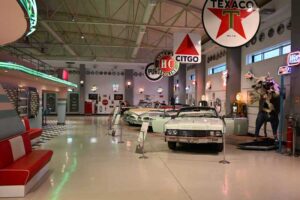
Ural Ataman Classic Car Museum – Istanbul, Turkey
This has to be one of the nicest private collections I have seen, the Ural Ataman Museum in Istanbul, turkey has not only a wide
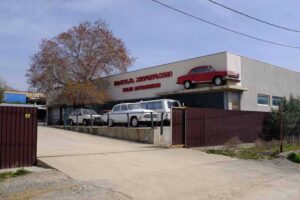
Tbilisi AutoMuseum Car Museum – Georgia
You may not have heard of this, but the small car museum in Tbilisi Georgia really has quite a lot to see. Buried in an
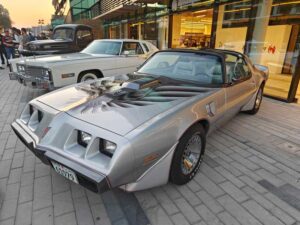
Bahrain Bike Week Classic Car Show December 2024
Bahrain Bike Week is the biggest event of its kind in the Middle East and the 2024 one was no exception. It’s not just the
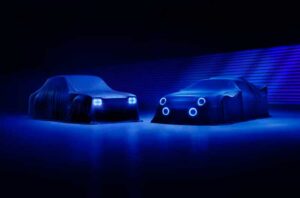
Ford Motor Company Bring Back Group 5 Mk1 Escort & Group B RS200 With The Help Of Boreham Motorworks
Ford have granted a licence to Boreham Motorworks, a division of the DVRN Automotive Group, to produce new versions of not just the Mk1 Escort

The VW Golf At 50 Years Old
Europe’s number 1 selling car the VW Golf has reached 50 years old this year, starting production on the 29th of March 1974. In
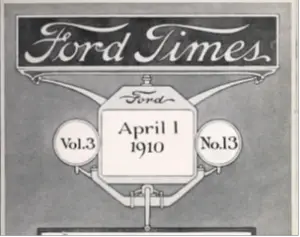
Ford’s Heritage Vault Makes The Ford Times Magazine Available To The Public
Ford’s expansion through the early 20th century was something to behold, the rapid growth of the company and the success of the Model T led
